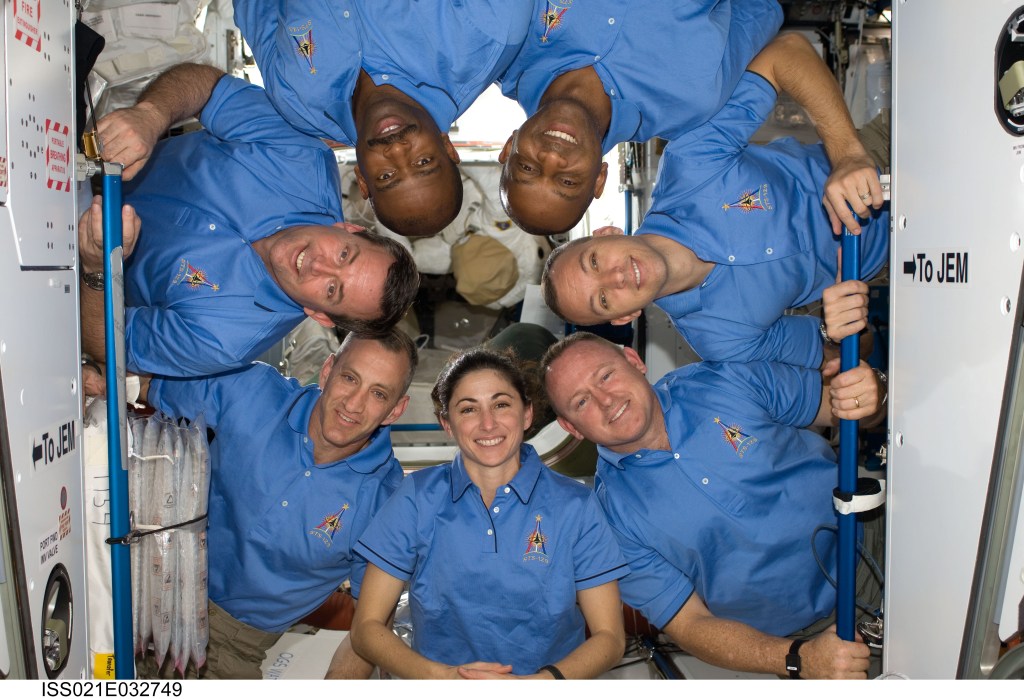
STS-44
A dedicated Department of Defense mission. The unclassified payload included a Defense Support Program (DSP) satellite and attached Inertial Upper Stage (IUS), which were deployed on flight day one.
orbiter
mission duration
Launch
Landing

STS-44 Mission Facts
Mission: DOD; DSP
Space Shuttle: Atlantis
Launch Pad: 39A
Launch Weight: 259,629 pounds
Launched: November 24, 1991, 6:44:00 p.m. EST
Landing Site: Edwards Air Force Base, Calif.
Landing: December 1, 1991, 2:34:44 p.m. PST
Landing Weight: 193,825 pounds
Runway: 5
Rollout Distance: 11,191 feet
Rollout Time: 107 seconds
Revolution: 110
Mission Duration: 6 days, 22 hours, 50 minutes, 44 seconds
Returned to KSC: December 8, 1991
Orbit Altitude: 197 nautical miles
Orbit Inclination: 28.5 degrees
Miles Traveled: 2.9 million
Crew
Frederick D. Gregory, Commander
Terence T. (Tom) Henricks, Pilot
F. Story Musgrave, Mission Specialist
James S. Voss, Mission Specialist
Thomas J. Hennen, Mission Specialist
Mario Runco Jr., Mission Specialist
Launch Highlights
The launch set for November 19 was delayed due to a malfunctioning redundant inertial measurement unit on the Inertial Upper Stage booster attached to the Defense Support Program satellite. The unit was replaced and tested. The launch was reset for November 24, delayed 13 minutes to allow an orbiting spacecraft to pass and allow external tank liquid oxygen replenishment after minor repairs to the valve in the liquid oxygen replenishment system in the mobile launcher platform.
Mission Highlights
A dedicated Department of Defense mission. The unclassified payload included a Defense Support Program (DSP) satellite and attached Inertial Upper Stage (IUS), which were deployed on flight day one. Cargo bay and middeck payloads: Interim Operational Contamination Monitor (IOCM); Terra Scout; Military Man in Space (M88-1); Air Force Maui Optical System (AMOS); Cosmic Radiation Effects and Activation Monitor (CREAM); Shuttle Activation Monitor (SAM); Radiation Monitoring Equipment III (RME III); Visual Function Tester-1 (VFT-1); Ultraviolet Plume Instrument (UVPI). Bioreactor Flow and Particle Trajectory experiment; and Extended Duration Orbiter Medical Project, a series of investigations in support of Extended Duration Orbiter.
STS-44
Shuttle News
Retired Space Shuttle Locations
Shuttle Atlantis – Kennedy Space Center Visitor Complex Shuttle Discovery – Steven F. Udvar-Hazy Center Shuttle Endeavour – California Science…
Read the Story












































